Asbury Park was founded in 1871 by James A. Bradley, a manufacturer from New York City. He named the town after Francis Asbury, the first bishop of the Methodist Episcopal Church of America. Bradley envisioned a residential resort town thriving with a thriving residential community. Ernest Schnitzler, a German developer, installed the Palace Merry-Go-Round in 1888, which became Palace Amusements. During this time, Asbury Park also enjoyed booming infrastructure and real estate development. Atlantic Coast Electric provided electric service from the beginning. As the Plaza Hotel and Berkeley-Carteret stood majestically over this seaside city, they symbolized affluence and elegance. Victorian homes sprang up throughout the town during the 1890s.
In 1930, Asbury Park Convention Hall was built along the boardwalk. The wooden beams of the boardwalk’s southern end slapped against the waves as they anchored the southern end. This building was connected to the Paramount Theater by a grand arcade. Convention Hall also featured the Casino Arena, which featured live music and entertainment.
During the 1950s, suburban houses replaced farming communities in the city, encouraging middle-class blacks and whites to move into newer homes with spacious yards. Many accountants, dentists, doctors, lawyers, and other professionals relocated to office parks outside the city. On July 4, 1970, riots broke out in the city, destroying aging buildings along Springwood Avenue, one of three main east-west corridors into Asbury Park and the city’s center for shopping and entertainment. In addition, Great Adventure (on July 1, 1974) proved to be a stiff competitor for a mile-long stretch of aging boardwalk amusements due to its location near a New Jersey Turnpike exit in Jackson Township.
Here are some stunning color photos that will take you back to Asbury Park in 1978. John Margolies, an architectural critic, and photographer, captured these photographs.


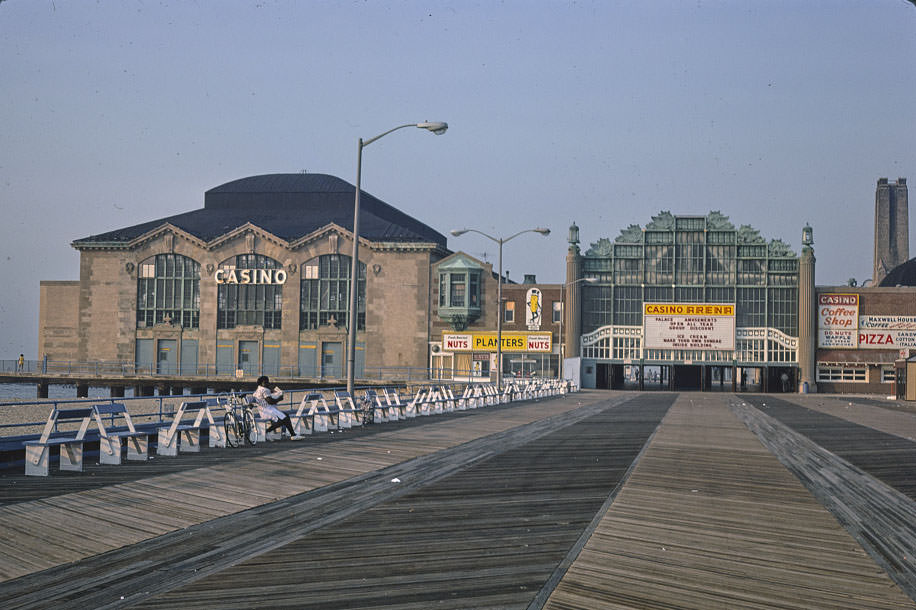
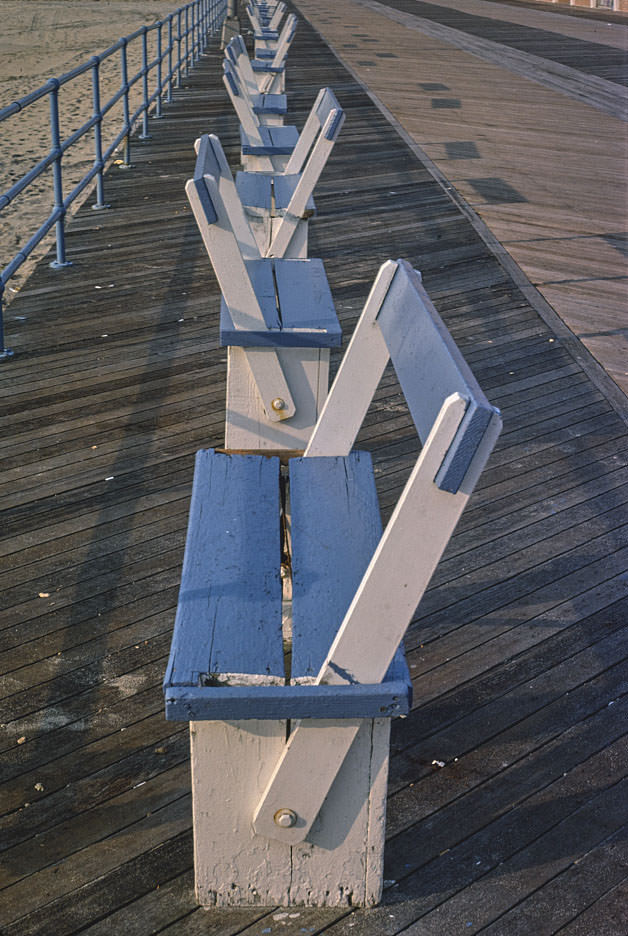
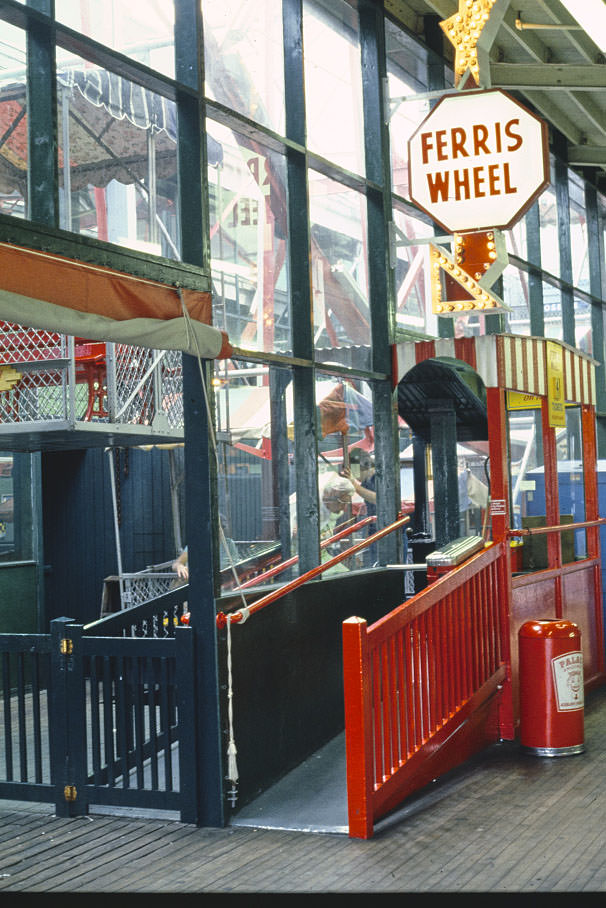
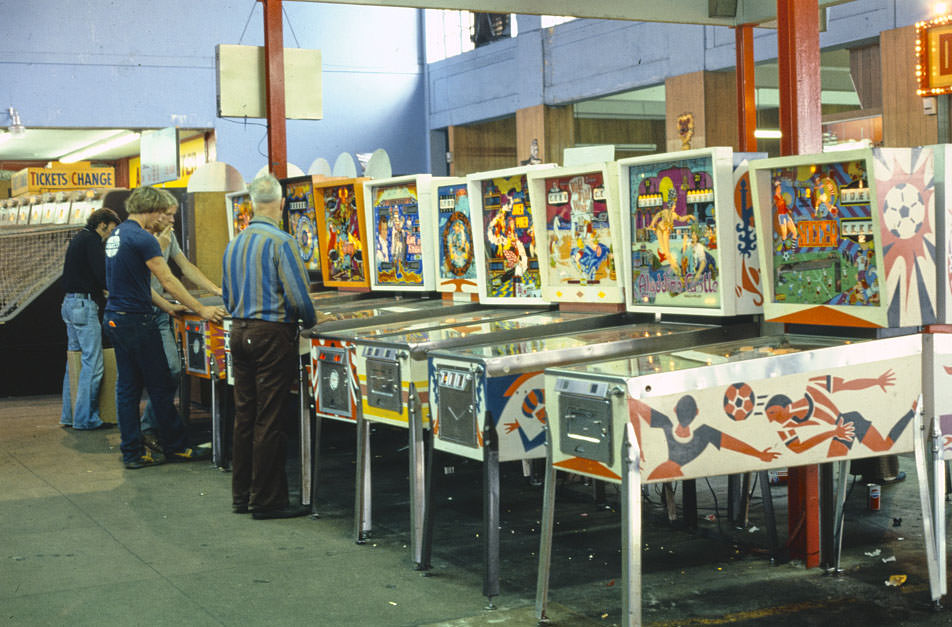
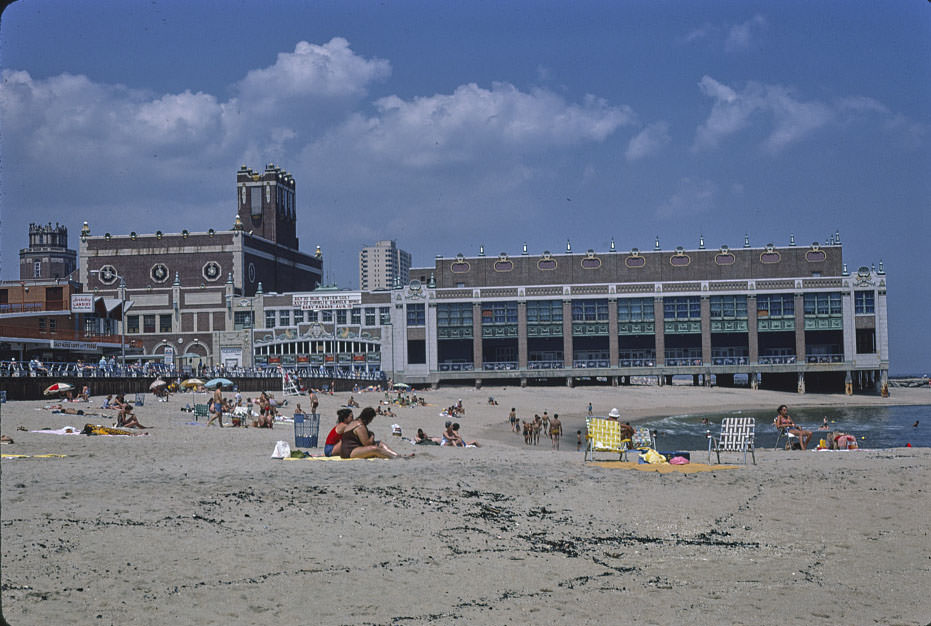
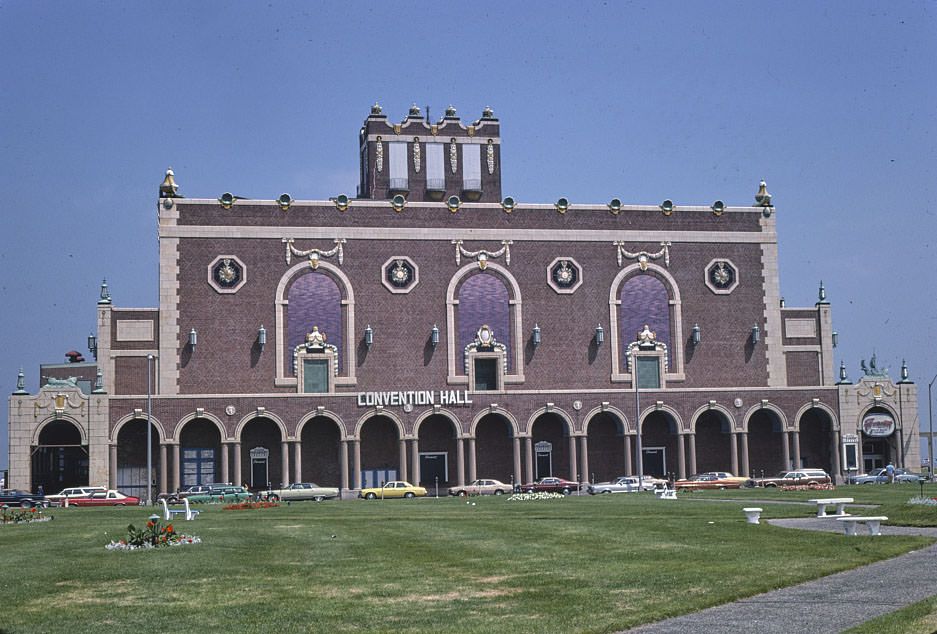
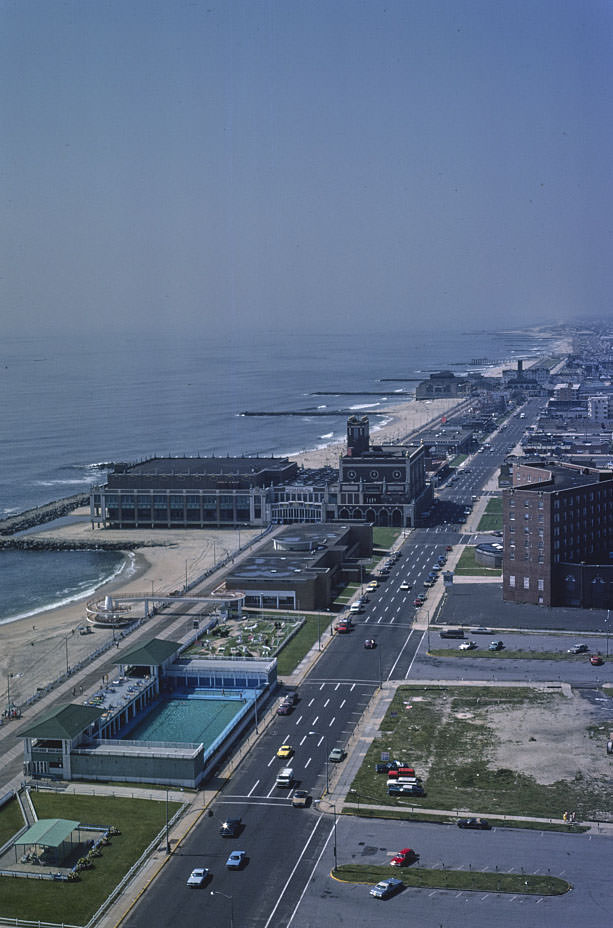
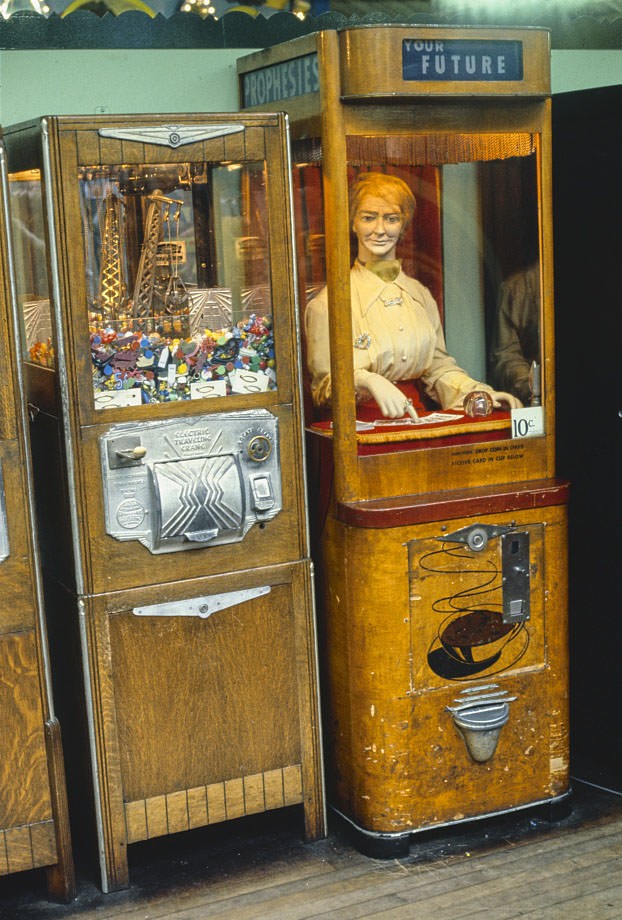
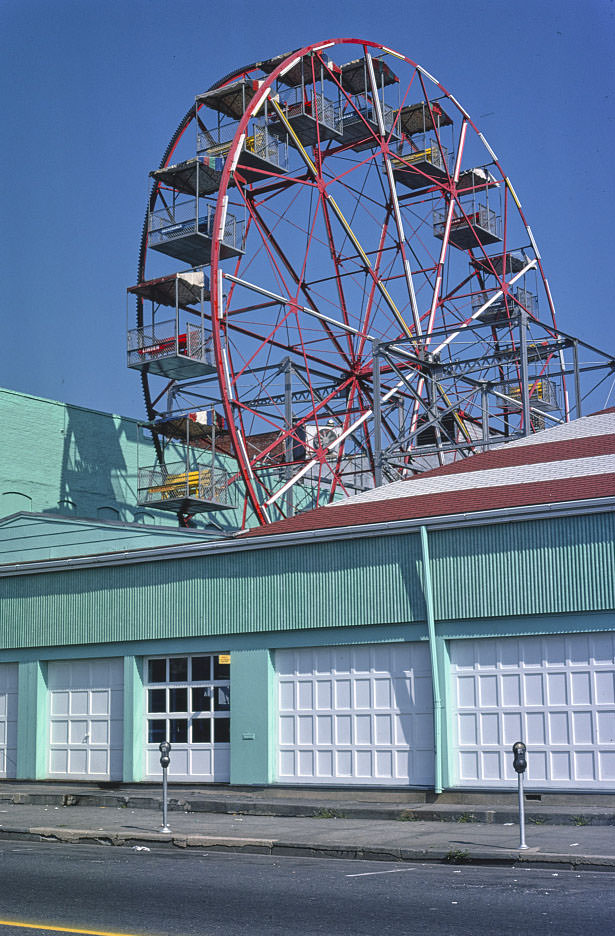
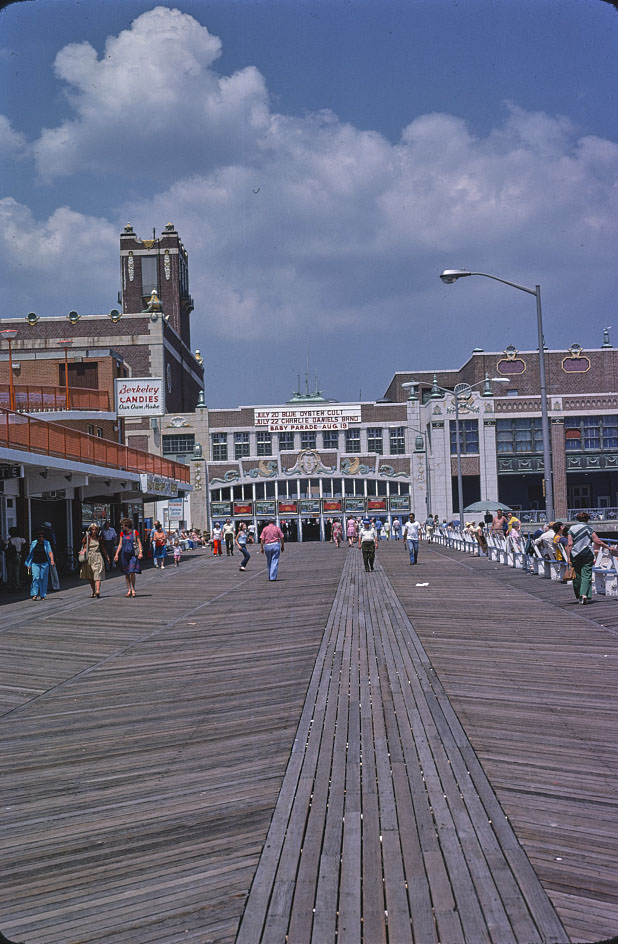
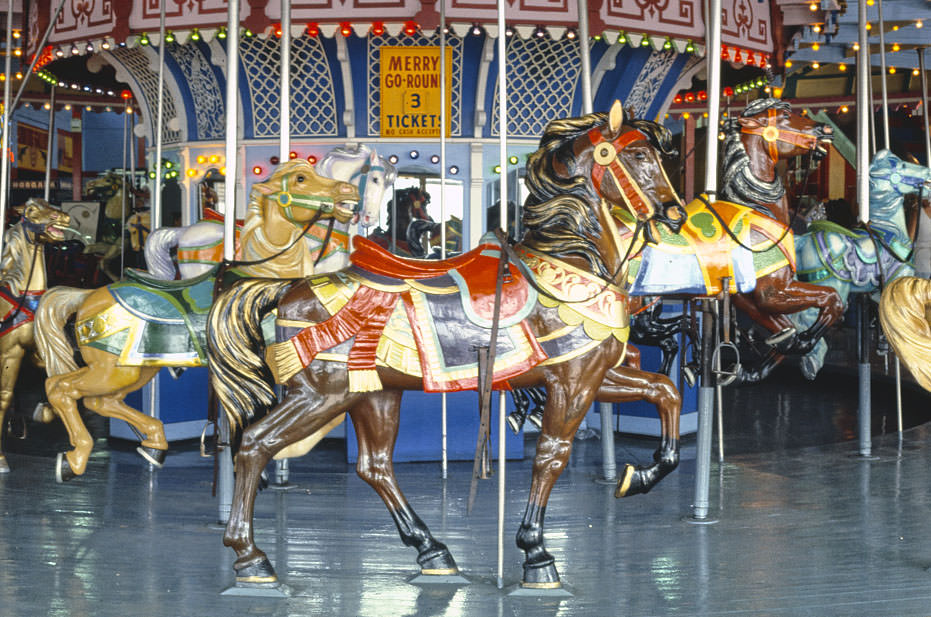
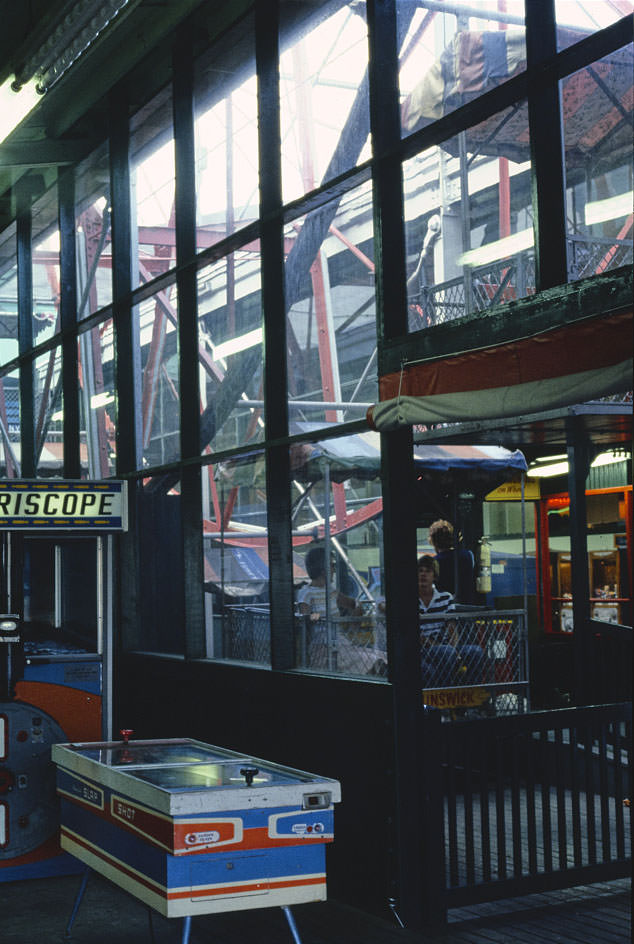
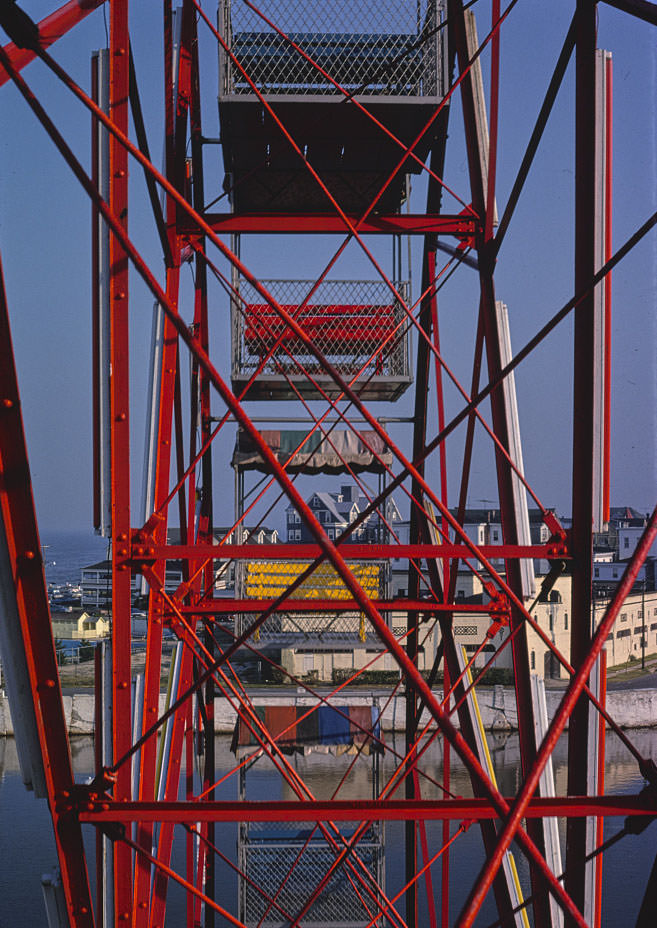
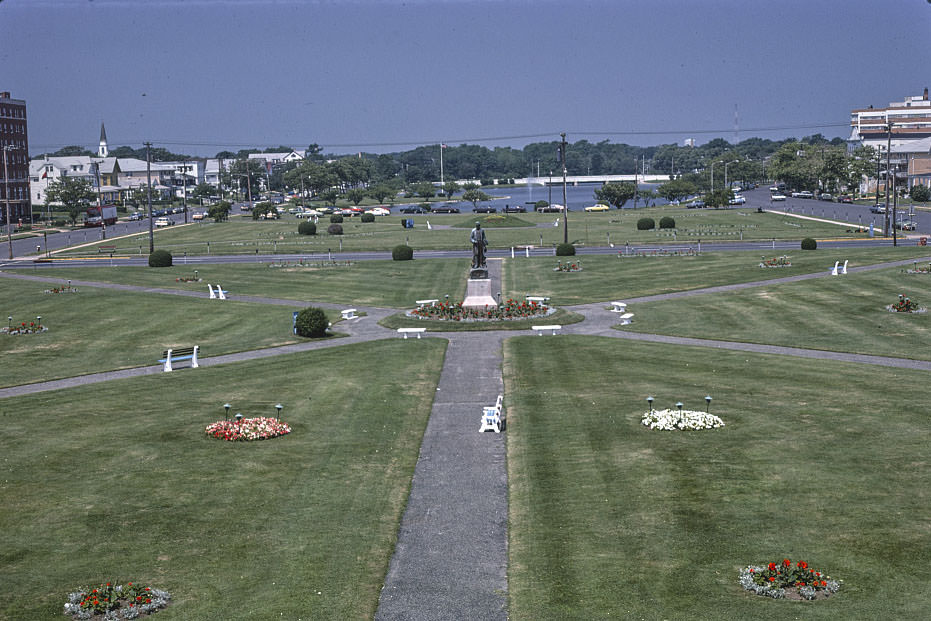
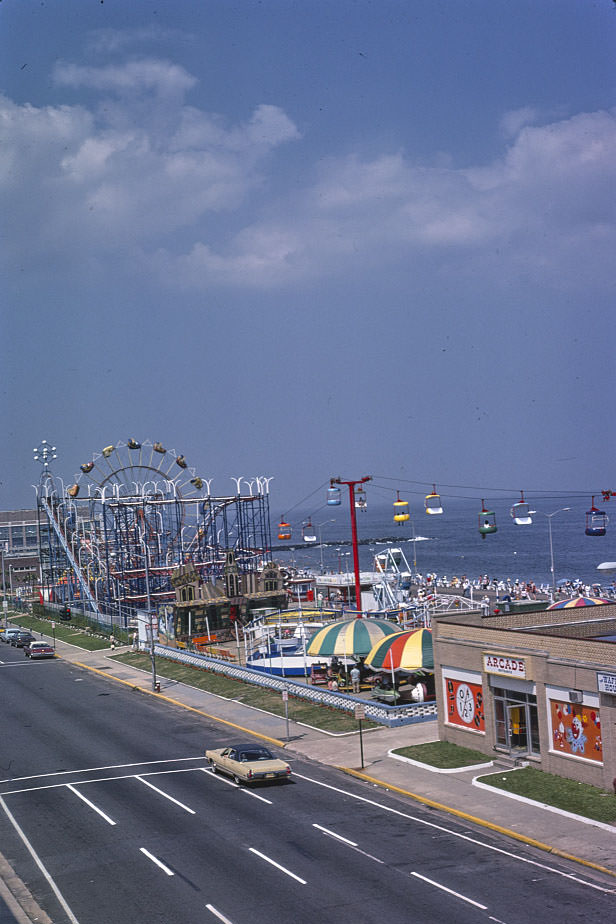
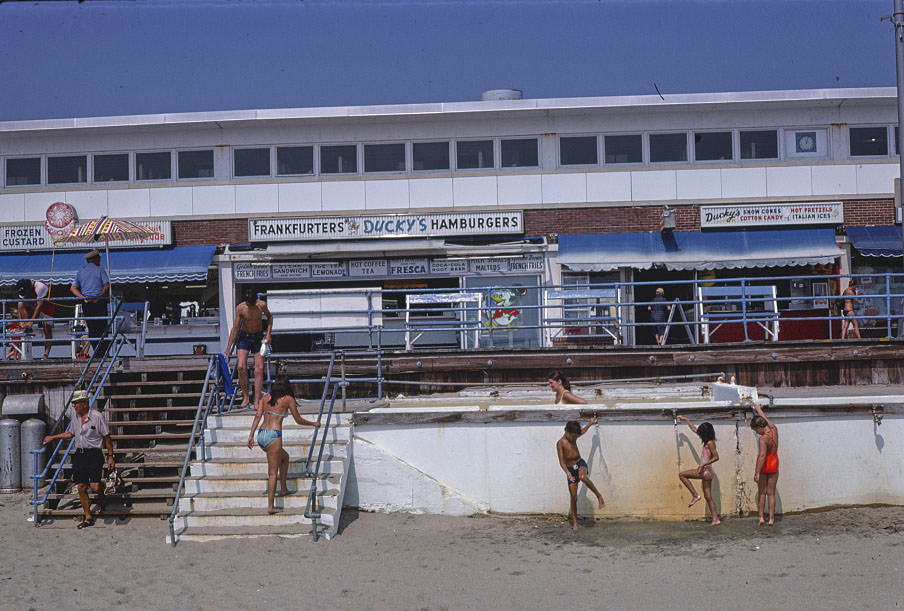
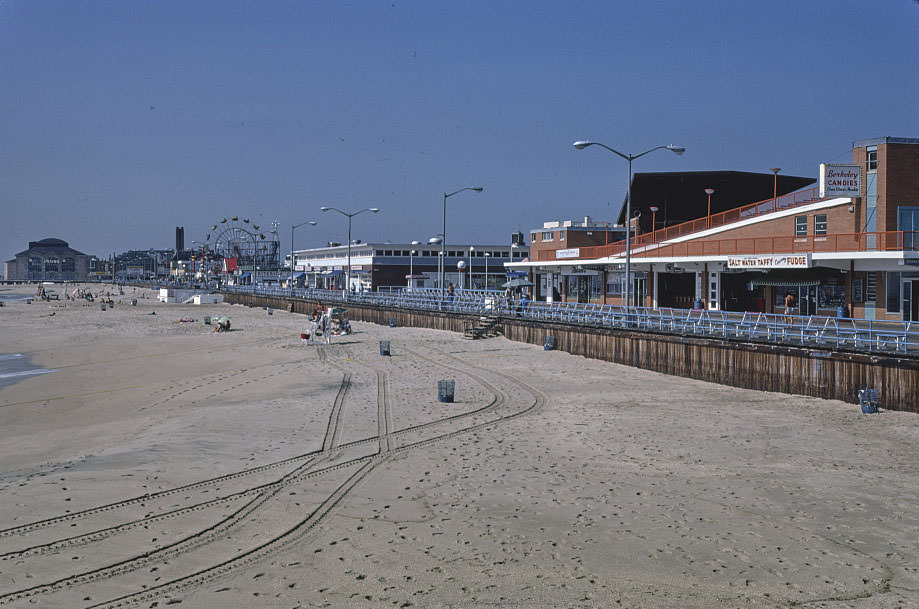
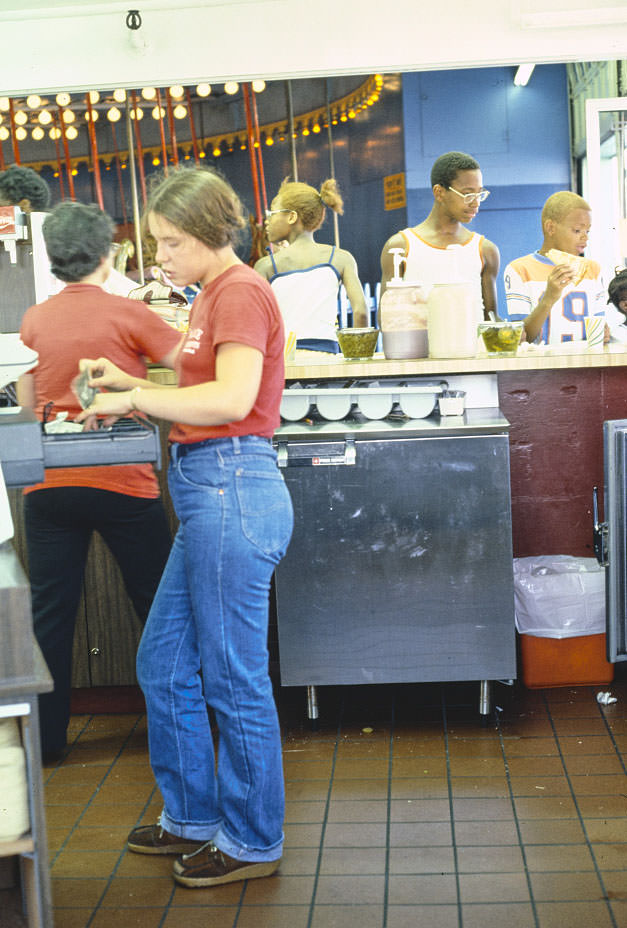
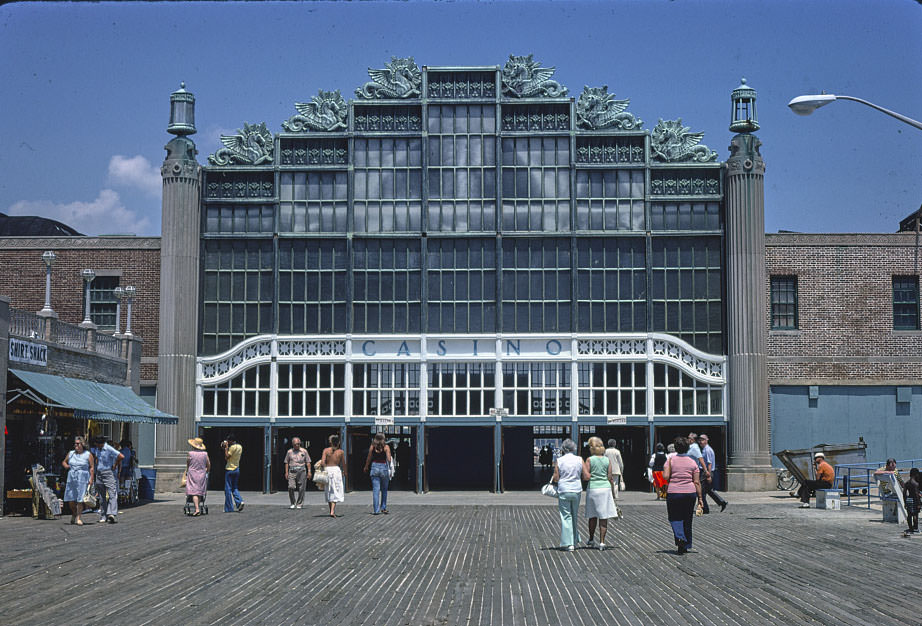
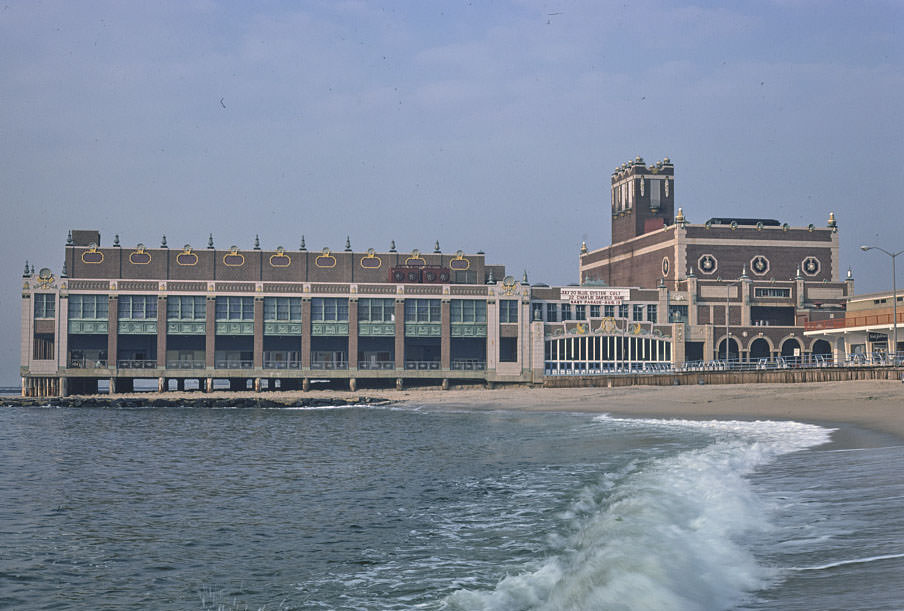
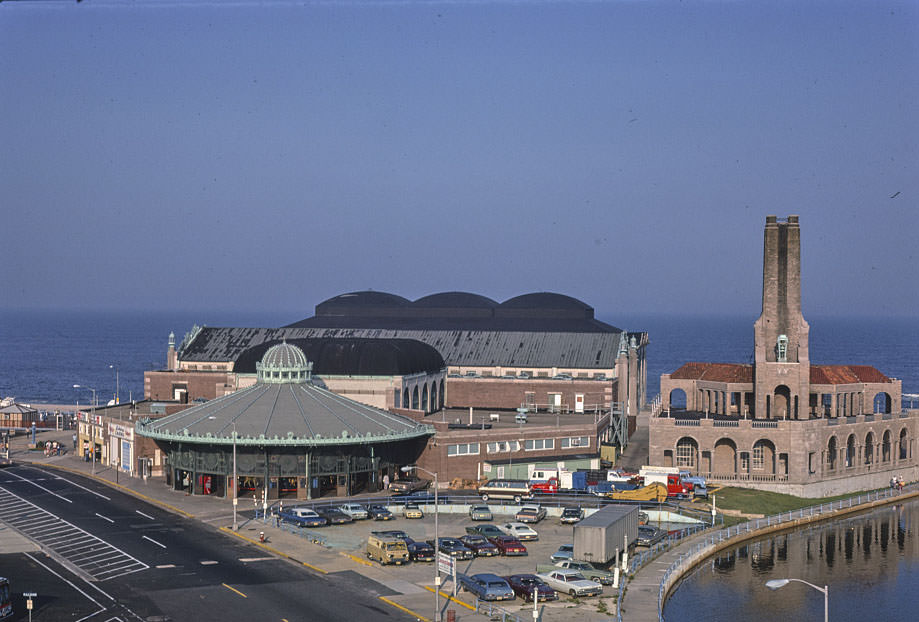
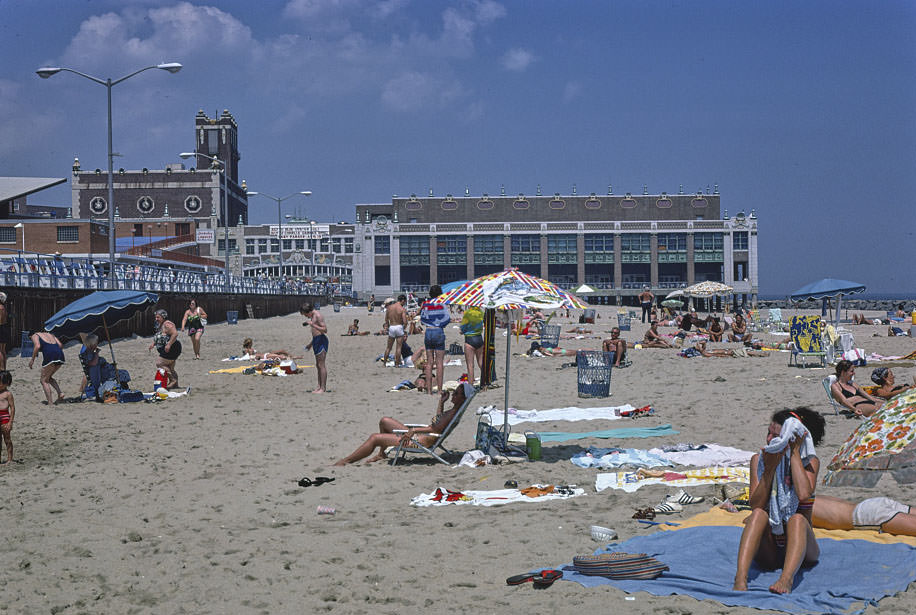
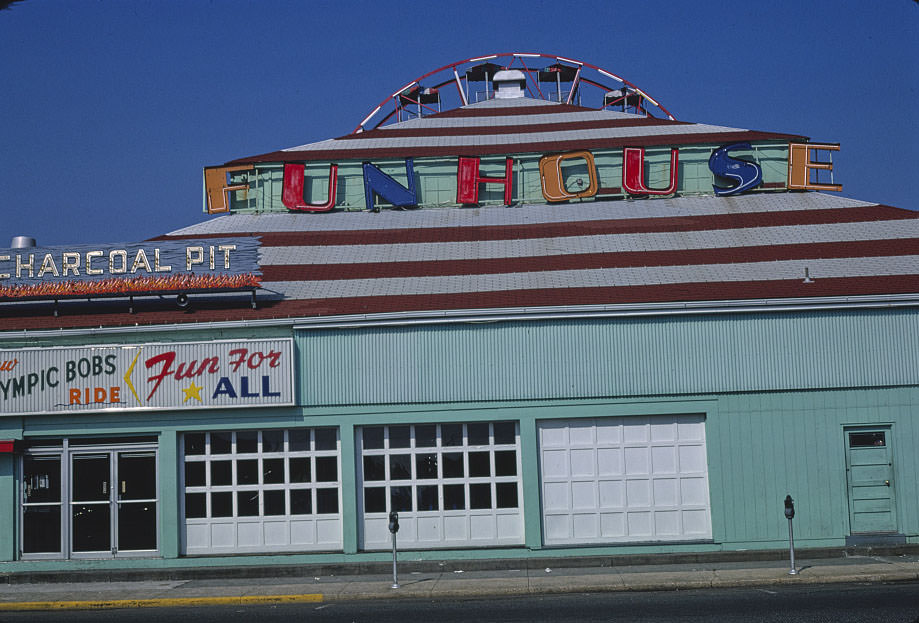
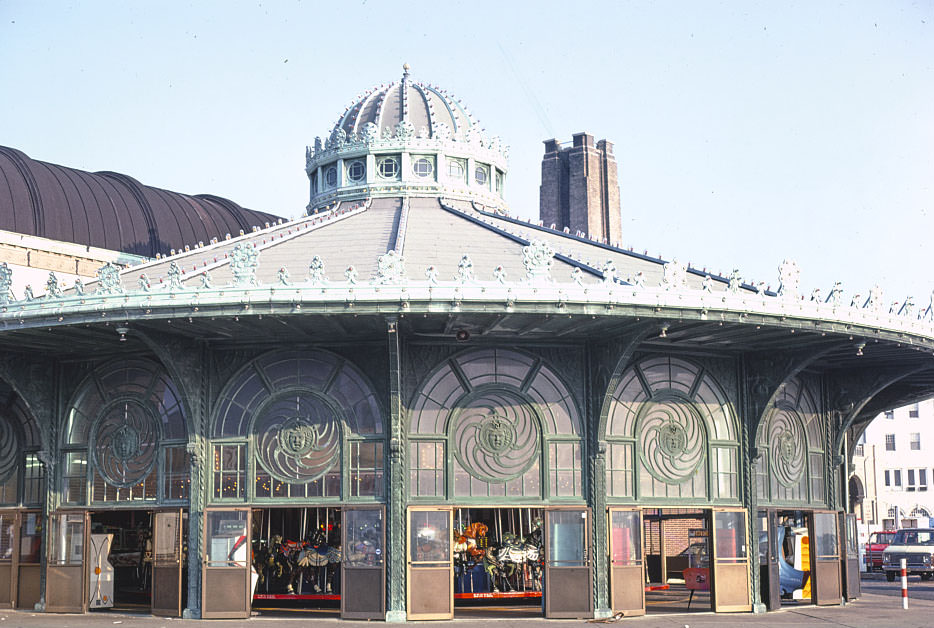
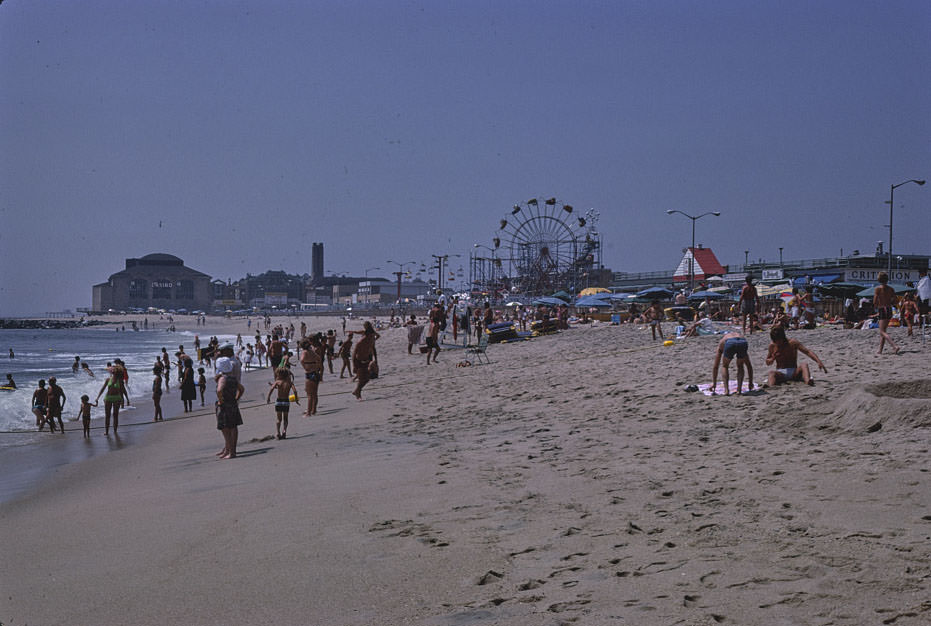
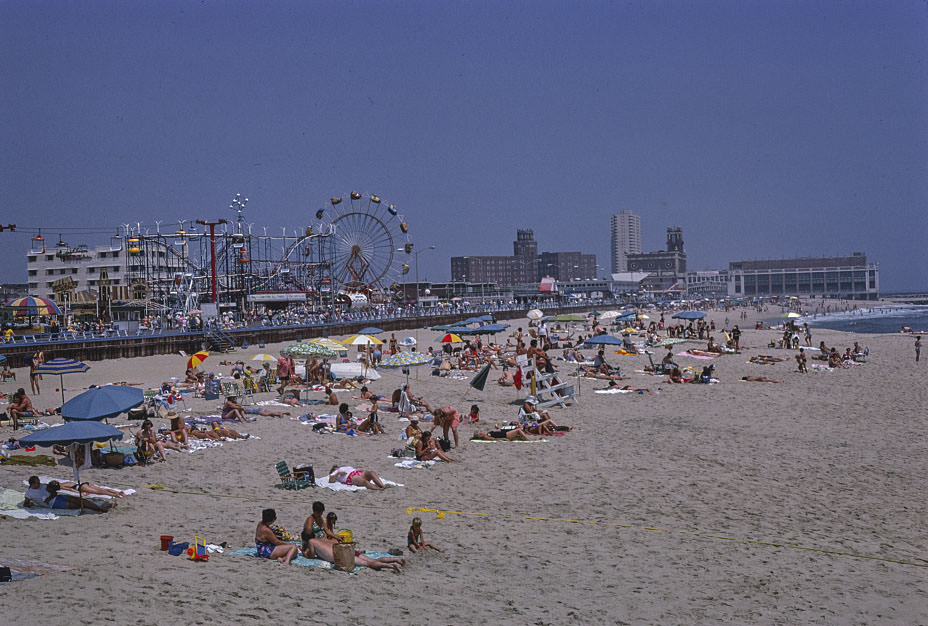
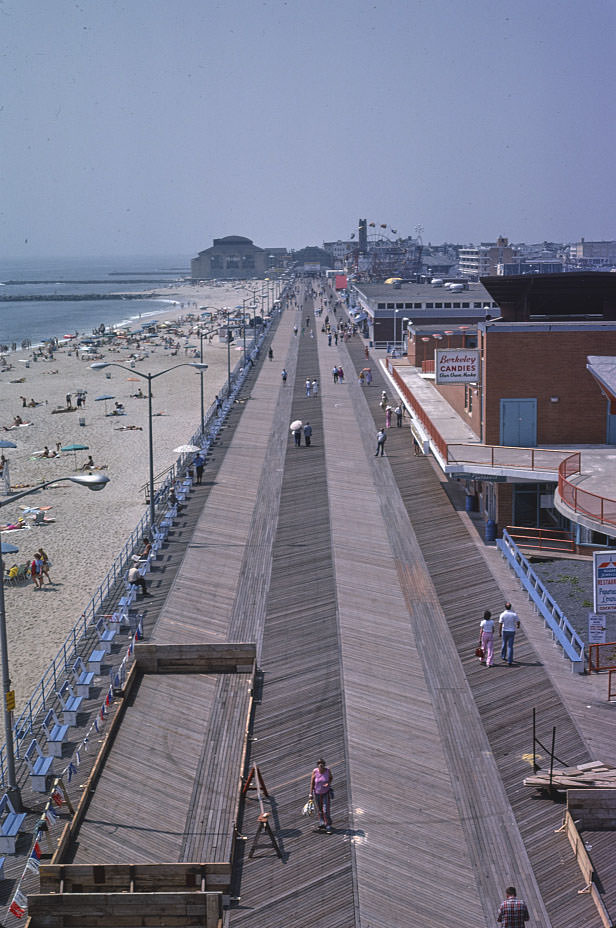
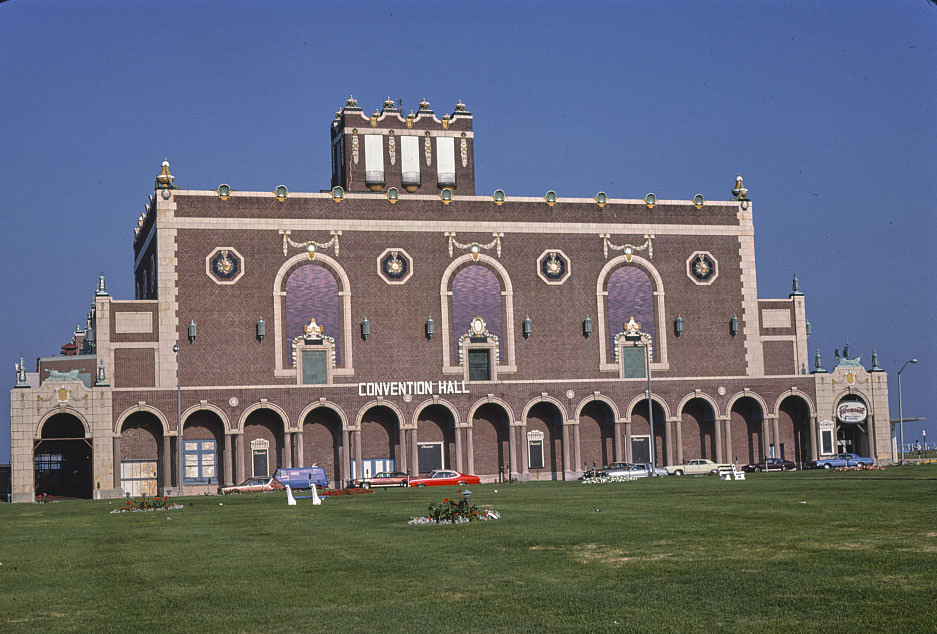
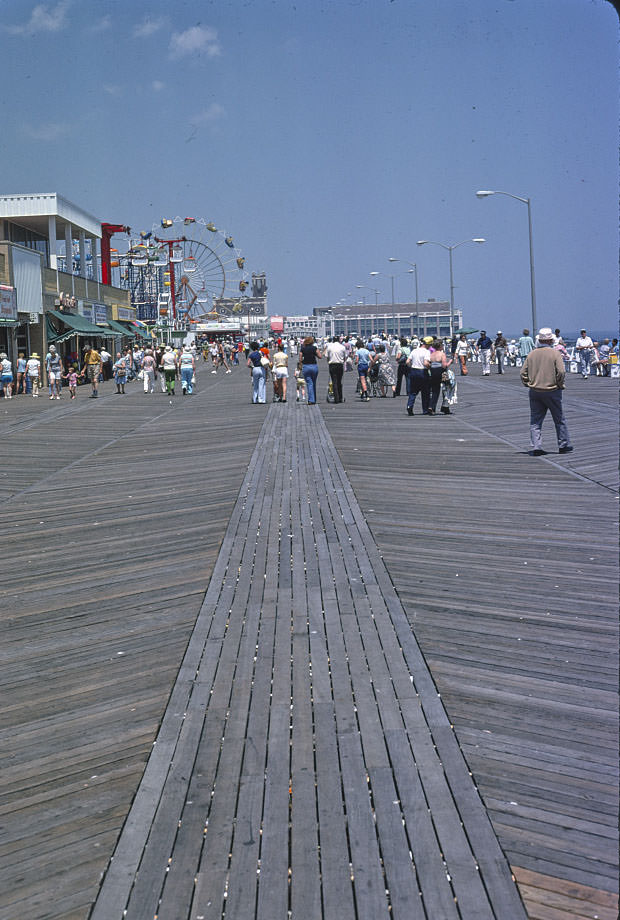
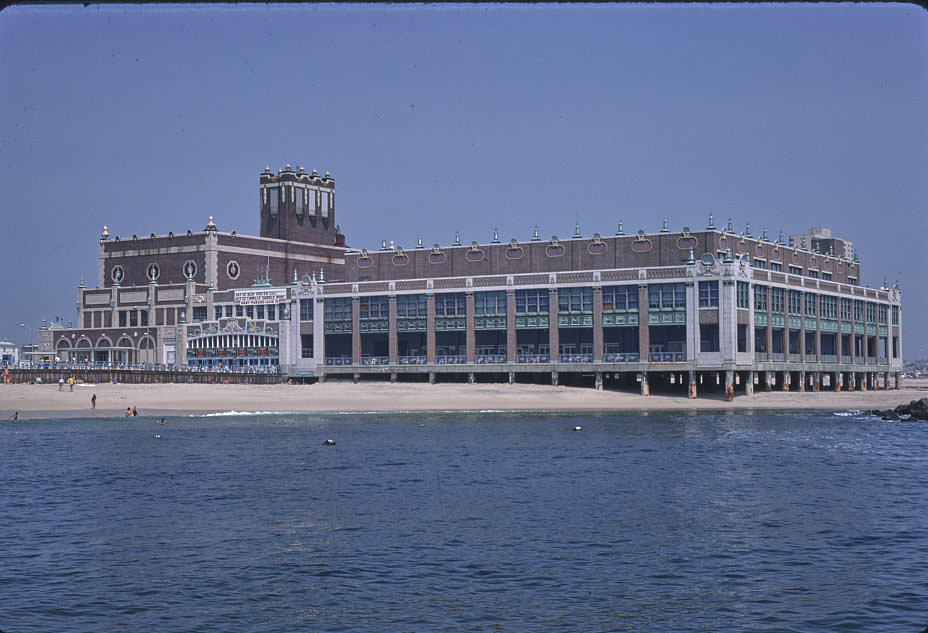
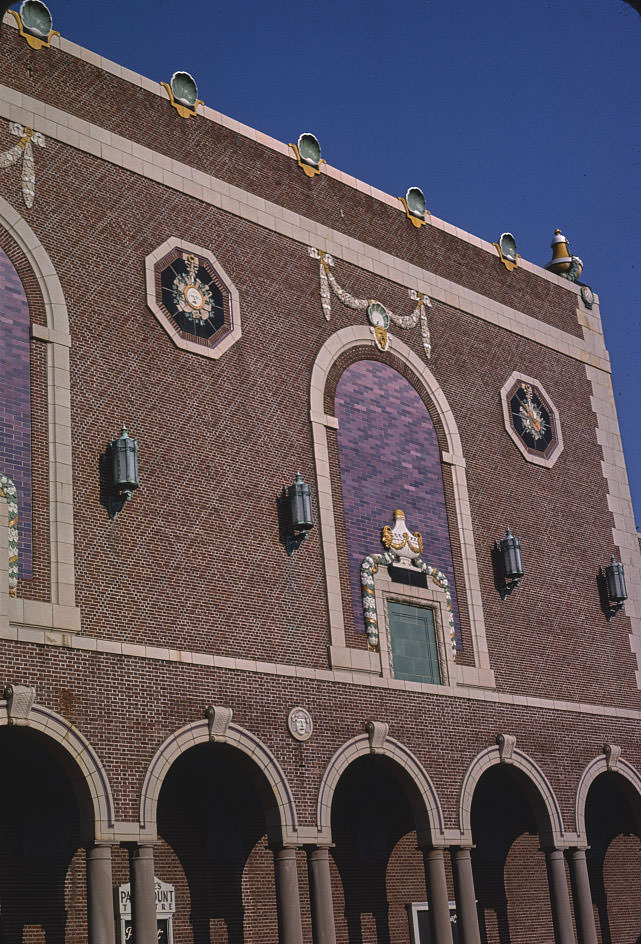
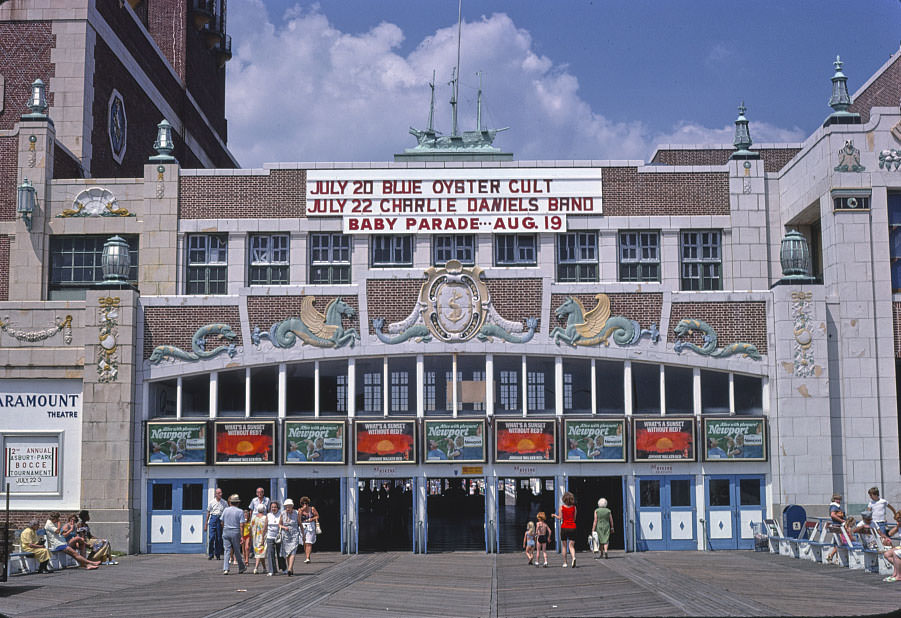
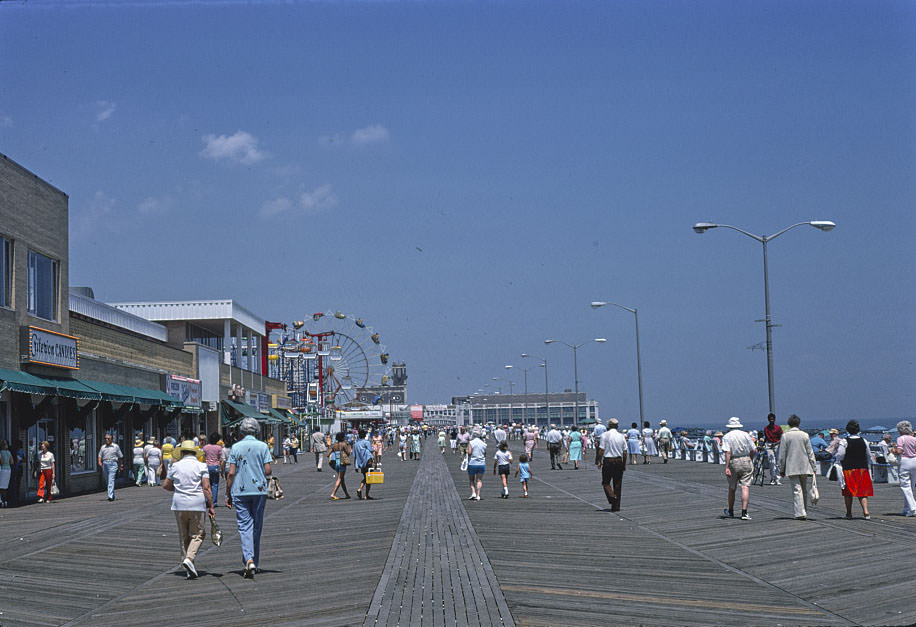
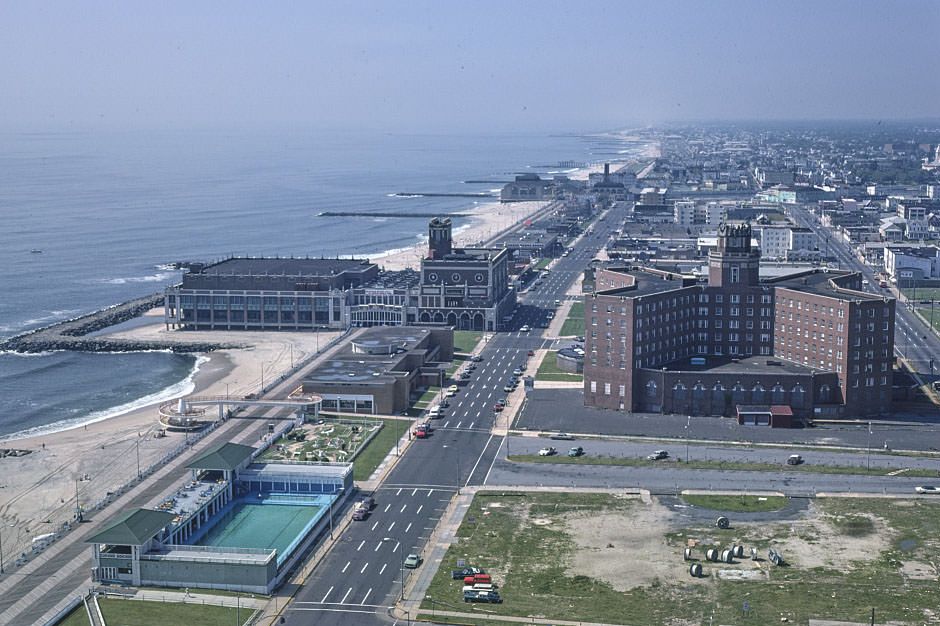
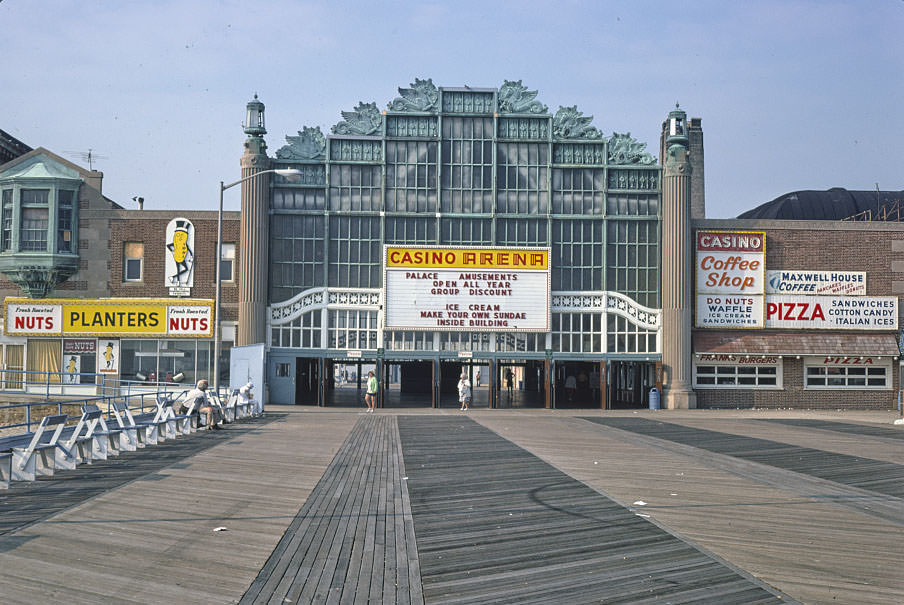
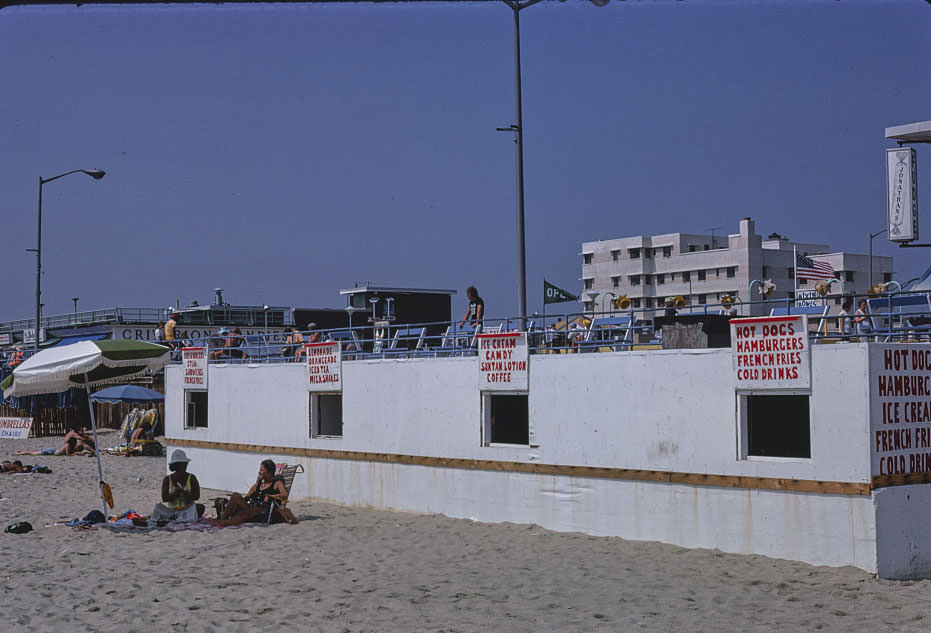
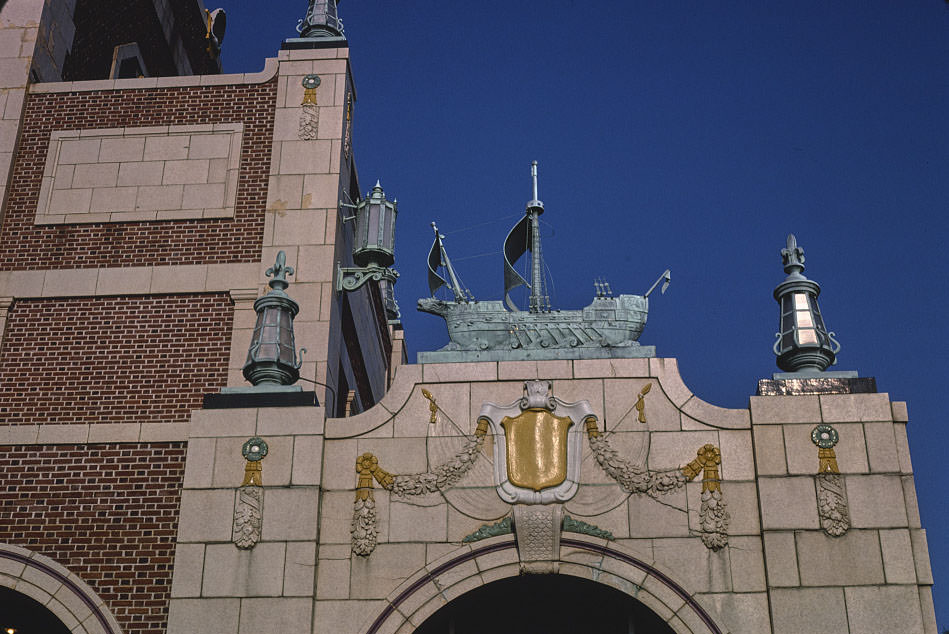
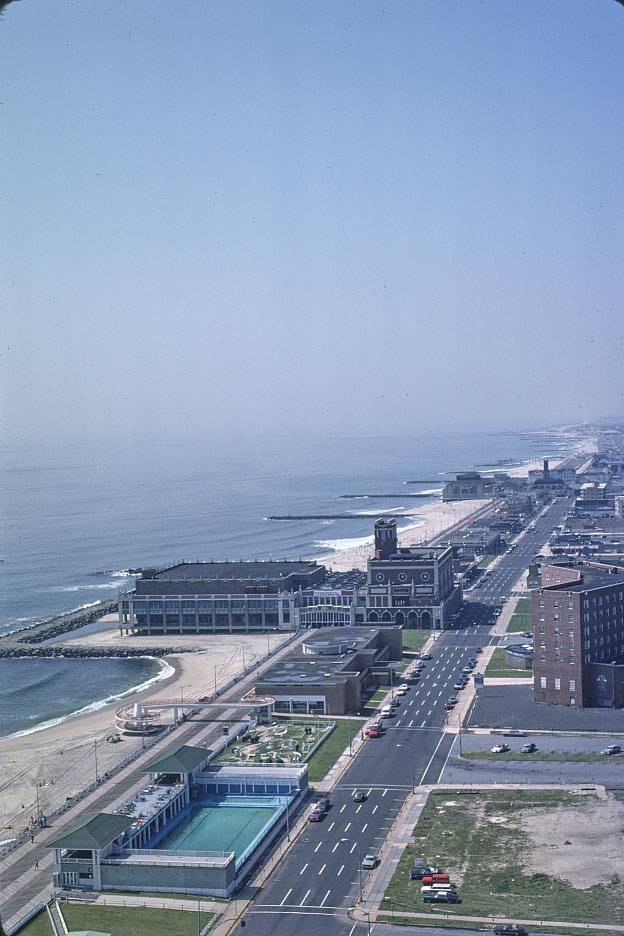
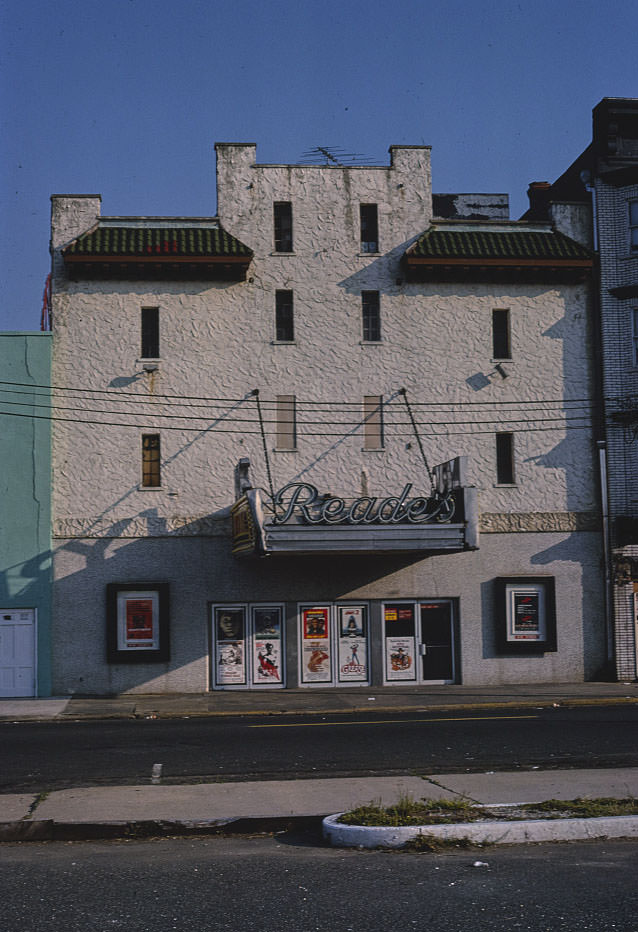
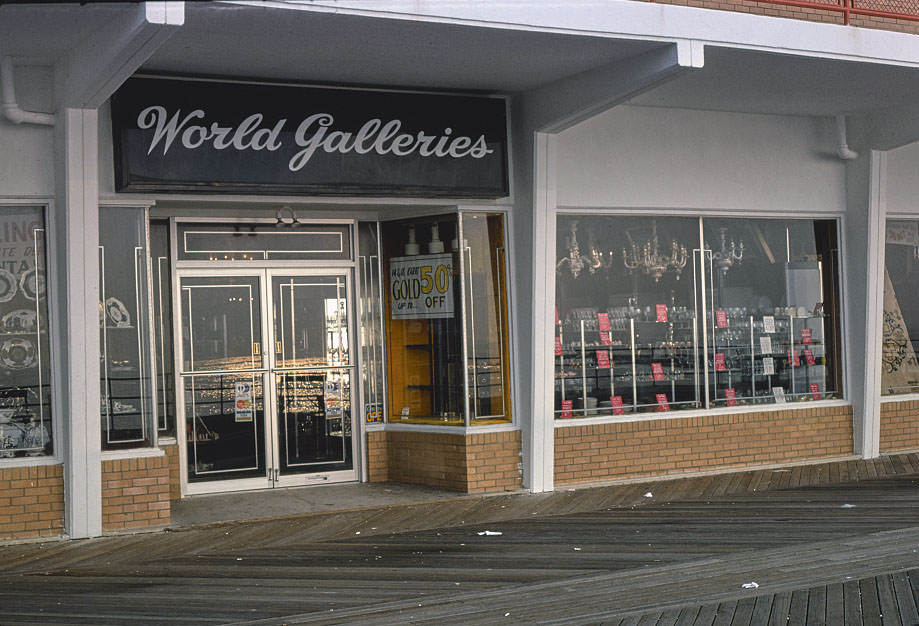
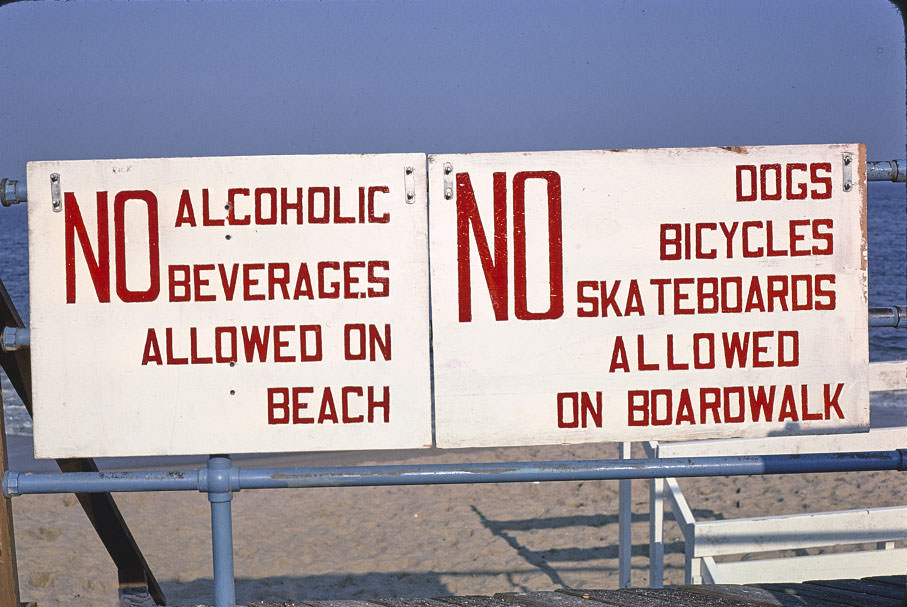
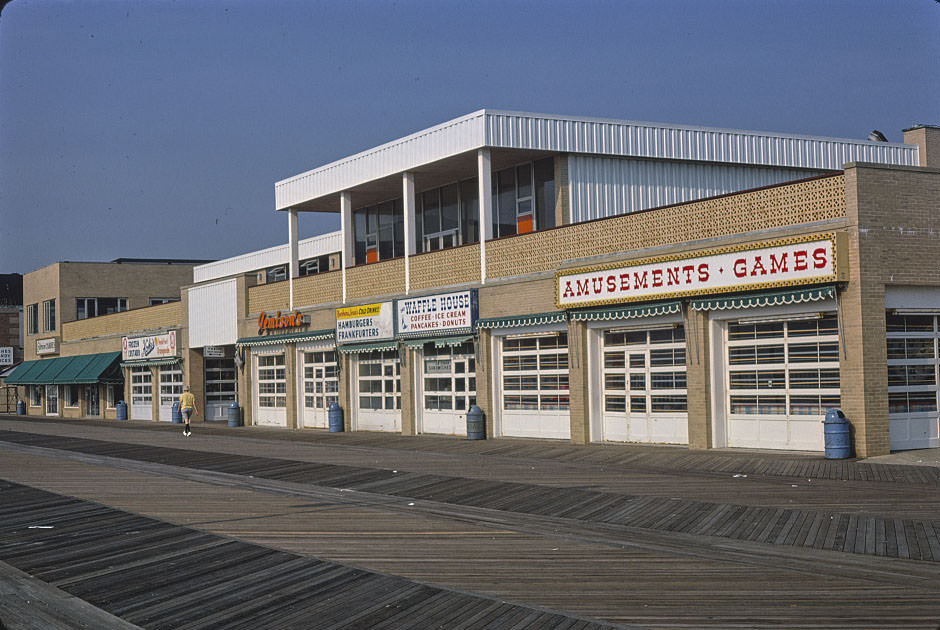
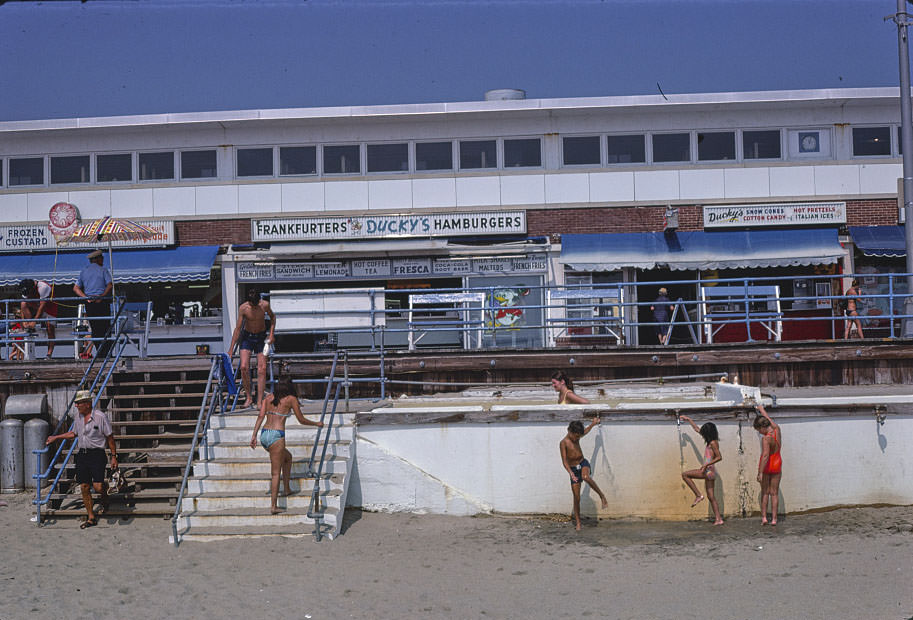
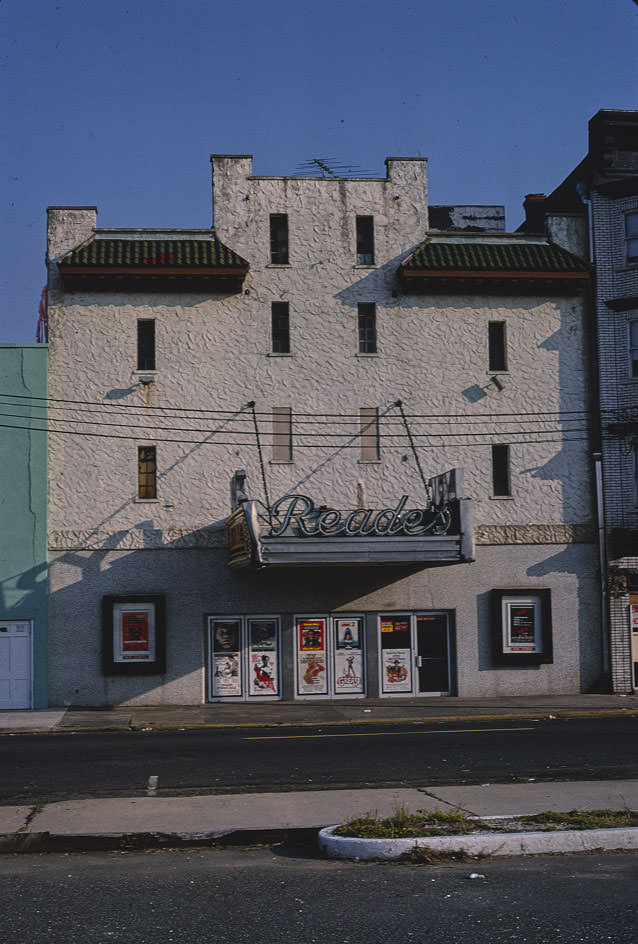

Great pictures love the past in a photo